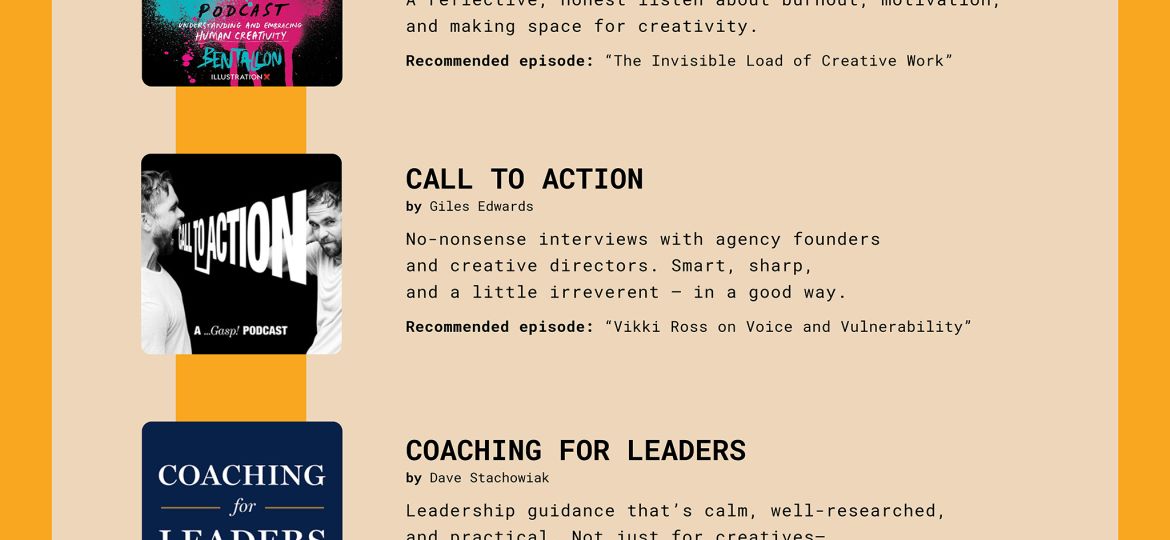Rush jobs are often framed as an unavoidable part of creative work—an occasional fire drill to keep things moving. But when last-minute projects become the norm, they don’t just disrupt workflow; they erode the foundation of good creative work. A team that is constantly pivoting to meet rushed deadlines can’t produce its best work, and leadership must take responsibility for ensuring that happens as little as possible.
The True Cost of Rush Jobs
At first glance, a rush job might seem like a necessary evil—an urgent request that just needs to get done. But when creative teams are repeatedly forced into reactive work, the consequences are serious:
- Lower Quality Work – Creativity thrives on exploration, iteration, and refinement. Rushed timelines strip away these essential steps, leading to weaker concepts, overlooked details, and work that simply isn’t as good as it could be.
- Burnout & Low Morale – Constant urgency creates stress and exhaustion. Designers, writers, and strategists cannot do their best work when they are always scrambling to meet unrealistic deadlines. Over time, this leads to disengagement and high turnover.
- Inefficiency & Costly Mistakes – Rushed projects often lead to errors—whether in execution, messaging, or technical details—that require costly revisions. What seemed like a time-saving move often ends up wasting more time and resources.
- Loss of Strategic Thinking – When every project is a last-minute emergency, there’s no space for big-picture planning. The team ends up stuck in reactive mode, unable to develop thoughtful, long-term creative solutions.
Leadership’s Role in Preventing Rush Jobs
Rush jobs are rarely the fault of the creative team. More often, they stem from a lack of structure, poor planning, or unrealistic expectations set by leadership. Preventing them requires leadership to put strong project management and communication systems in place. Here’s how:
- Set Clear Timelines & Expectations – Creative projects need realistic timelines that account for research, iteration, and approval processes. Leadership should work with project managers to ensure deadlines are reasonable.
- Improve Internal Planning – Many rush jobs happen because leadership or clients failed to plan ahead. A well-structured workflow—one that anticipates upcoming needs and allocates time appropriately—helps prevent these last-minute crises.
- Push Back on Unrealistic Deadlines – Not everything is an emergency. Leadership should be the first to advocate for protecting creative timelines rather than giving in to unrealistic demands.
- Build Buffer Time Into Schedules – Even the best-planned projects can run into unforeseen issues. Allowing for buffer time ensures that when something truly urgent arises, it doesn’t throw the entire team off course.
Recognizing When Creatives Are Overloaded
Creative professionals are often deeply invested in their work and take pride in delivering strong results—sometimes at great personal cost. When rush jobs become routine, many will silently absorb the pressure rather than push back, fearing they’ll be seen as difficult or uncooperative. Leadership must take an active role in recognizing when the team is overextended.
Some key signs of overload include:
- A decline in enthusiasm or creativity – If fresh ideas and excitement have been replaced by exhaustion and rote execution, it’s a red flag.
- Increased mistakes or missed details – Overworked creatives don’t have time to review their work as carefully, leading to errors that could have been avoided.
- Longer hours without greater output – If the team is regularly working late but struggling to meet deadlines, they’re likely overwhelmed.
- Silence or disengagement – If previously vocal team members stop offering ideas or feedback, it could indicate frustration they don’t feel safe expressing.
Leaders must actively check in, not just on project timelines but on the well-being of their teams. If creatives are hesitant to voice concerns, that’s a leadership issue, not a team issue. Cultivating a culture where people can openly communicate workload concerns without fear of consequences is essential for long-term success.
Shifting the Culture Away From Urgency
A creative team cannot thrive in a culture of constant urgency. Rush jobs should be the rare exception, not the default way of working. Leadership must take responsibility for creating an environment where thoughtful, strategic, and high-quality work is possible—because when creative teams are given the time and space to do their best work, everyone benefits.





